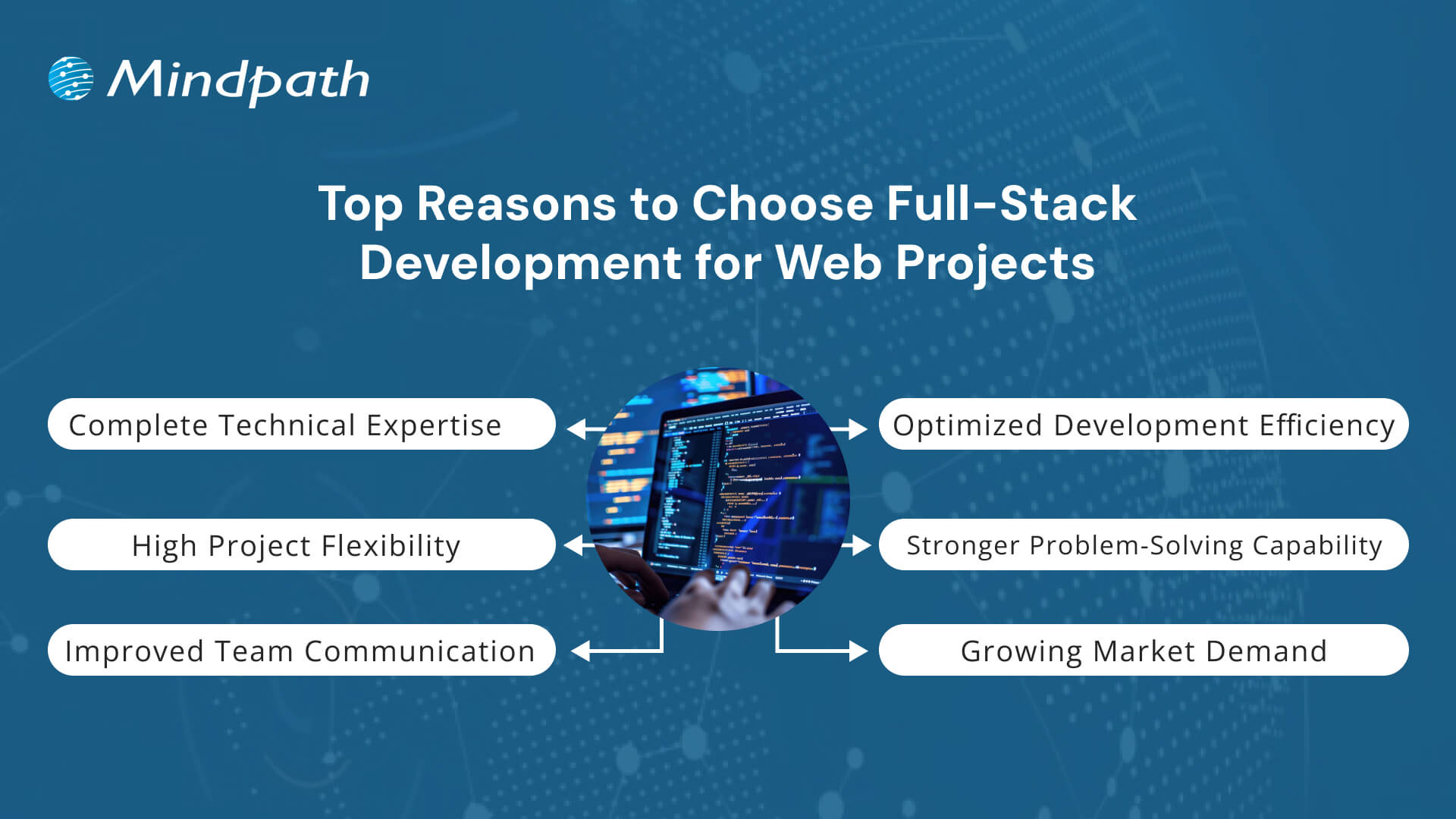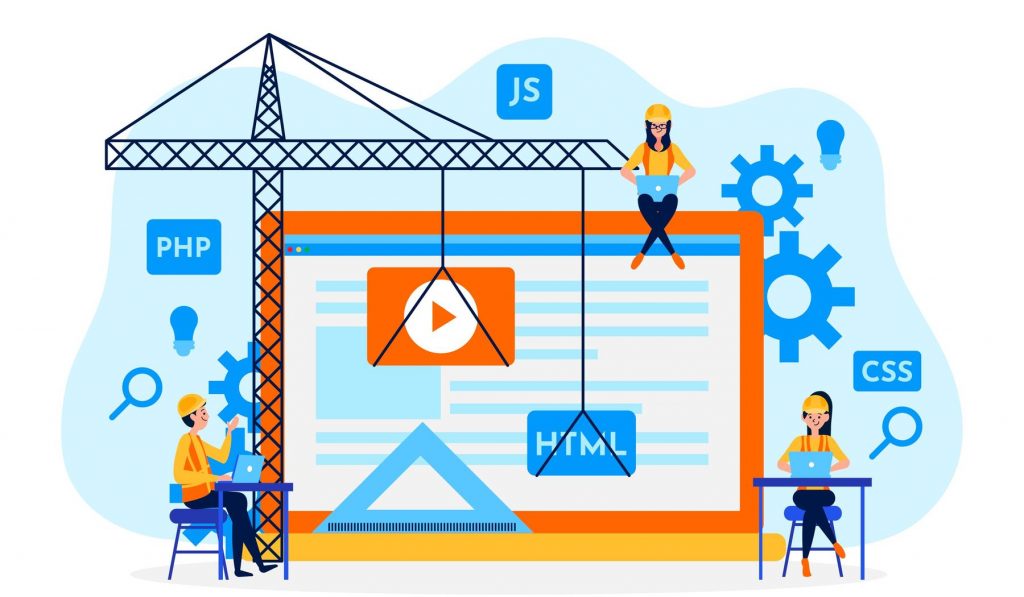Are you ready to unlock the full potential of your business? Imagine combining the power of ReactJS with other cutting-edge technologies to boost your growth and enhance your digital presence. In this blog, we will explore how integrating ReactJS with other tools can transform your business operations, improve user experiences, and drive long-term success.
In today’s fast-paced digital environment, businesses must use the correct technologies to remain competitive and provide the greatest customer service. Integrating ReactJS into your applications is an essential step towards doing this. Businesses can utilize ReactJS when combined with other technologies to develop quicker, more responsive websites and apps that are easier to maintain and grow. This connection improves performance, enriches user experiences, and enables organizations to remain adaptable in an ever-changing market.
Curious to see how this synergy can work for you? Let’s dive in and discover the possibilities!
Integrating ReactJS with Other Technologies

1. ReactJS with Python
Combining ReactJS and Python provides a robust platform for developing full-stack apps. ReactJS is well-known for its dynamic and interactive user interfaces, but Python excels at sophisticated server-side activities and data processes. Businesses that use Python for backend operations can power ReactJS apps more effectively, particularly when dealing with massive quantities of data or real-time processing.
One of the primary benefits of combining ReactJS with Python is the speed with which data can be handled. Python is perfect for applications that must manage complicated data, such as single-page apps that require speedy and precise data retrieval. Many well-known firms have profited from this combo. Spotify, for example, employs ReactJS for its front end and Python for data processing on the back end. Similarly, Instagram uses ReactJS and Python to manage millions of user interactions while ensuring seamless performance.
2. ReactJS with Node
By combining ReactJS and Node.js, developers can construct full-stack JavaScript apps that use the same language on both the client and server sides. This integration simplifies and speeds up the development process by requiring developers to focus on only one language throughout the stack. One of the primary advantages of mixing ReactJS and Node.js is the ability to create real-time apps. Node.js is recognized for its event-driven architecture, which makes it ideal for real-time data handling. When combined with ReactJS’ interactive, dynamic user interfaces, it provides users with a smooth and responsive experience.
Major organizations such as LinkedIn and Uber use this mix for their platforms. LinkedIn employs ReactJS and Node.js to provide a quick, real-time user experience, whereas Uber depends on ReactJS for the front end and Node.js to manage real-time location updates and ride requests, providing smooth communication and a unified experience for users.
3. ReactJS with Express
Combining ReactJS with Express provides a solid basis for building full-stack JavaScript apps, easing both front-end and back-end development. This combination increases the development workflow and overall efficiency by managing dynamic user interfaces on the client side with ReactJS and server side with Express.
One distinguishing aspect of ReactJS and Express is their ability to efficiently manage asynchronous tasks. Both technologies are excellent at managing asynchronous data queries, making them suitable for creating dynamic, data-driven single-page applications (SPAs). This leads to a quicker, smoother user experience with continuous updates and interactions, eliminating the need for frequent page reloads.
When combined, ReactJS and Express offer a powerful solution for building fast, scalable, and efficient web applications, where both the front-end and back-end work in perfect harmony to deliver an optimal user experience.
4. ReactJS with Next.js
Combining ReactJS and Next.js provides significant advantages for developing modern online apps that are quick, scalable, and SEO friendly. Next.js allows React developers to construct server-rendered apps that not only reduce load speeds but also improve search engine optimization (SEO), guaranteeing that your website ranks higher and performs better.
One of the primary benefits of combining Next.js and ReactJS is Server-Side Rendering (SSR). SSR enables React apps to be pre-rendered on the server before being delivered to clients, resulting in quicker load times and improved SEO performance. Next.js now supports Static Site Generation (SSG), which allows you to create static pages ahead of time. This strategy is appropriate for dynamic websites that need to be fast and optimized while still giving an outstanding user experience.
5. ReactJS with React Native
Integrating ReactJS with React Native provides significant benefits for creating online and mobile applications in a single environment. This combination enables developers to construct cross-platform mobile apps with near-native performance while using the same codebase as for web app development.
One significant advantage of utilizing ReactJS with React Native is the ability to reuse code between web and mobile platforms. This not only speeds up the development process but also assures consistency, saving time and effort in creating distinct apps for different platforms. React Native also offers a near-native mobile experience, with smooth and responsive performance on iOS and Android devices.
6. ReactJS with Redux
Combining ReactJS and Redux provides an effective approach for handling complicated states in large-scale applications. Redux is an effective approach to manage the state of your project, making it easy to trace changes and assure consistency throughout the application.
One of the primary advantages of integrating Redux with ReactJS is centralized state control. Redux lets you maintain the application’s state in one location, ensuring that updates are consistent throughout the program. This is especially useful for big web applications where handling states across numerous components can be onerous. Redux facilitates the predictable flow of data, making it easier to manage even the most complicated ReactJS applications. Another advantage is the ease of testing and debugging. Since Redux acts as a single source of truth for the application state, it becomes much easier to trace errors and identify problems, streamlining the debugging process and improving the reliability of your app.
7. ReactJS with Java
Combining ReactJS and Java is a potent combination for developing enterprise-grade online apps, where the power of Java on the backend meets the flexibility of ReactJS on the frontend. This connectivity enables developers to build dynamic, scalable systems capable of handling complicated needs.
One of the primary advantages of combining ReactJS with Java is having to have a robust backend powered by Java while utilizing ReactJS for a flexible and dynamic frontend. Java’s strong nature guarantees that the program scales effectively, while ReactJS allows for building responsive, user-friendly interfaces with seamless interactions.
Furthermore, integrating ReactJS and Java provides cross-platform compatibility, allowing online apps to execute effortlessly across several platforms. This allows firms to reach a larger audience while maintaining fast performance and consistent functionality across devices.
Also Read: 5 Key Benefits of React JS Development Services in 2024
Integrate ReactJS with Technologies at Mindpath
Wrapping Note!
Integrating ReactJS with other advanced technologies is a game-changer for businesses aiming to enhance their digital presence, streamline operations, and deliver superior user experiences. By combining ReactJS with tools like Python, Node.js, Express, and Redux, businesses can create dynamic, fast, and scalable web applications that meet the demands of today’s competitive market. Whether you’re building complex data-driven platforms or developing mobile apps with seamless user experiences, ReactJS offers the flexibility and power to take your projects to the next level. At Mindpath, we are committed to harnessing the potential of ReactJS and other cutting-edge technologies to help your business thrive. Let us help you unlock new possibilities and achieve long-term success by integrating the best tools for your digital transformation journey.
Ready to take your business to the next level?
Partner with Mindpath for seamless ReactJS integrations and cutting-edge technology solutions.















